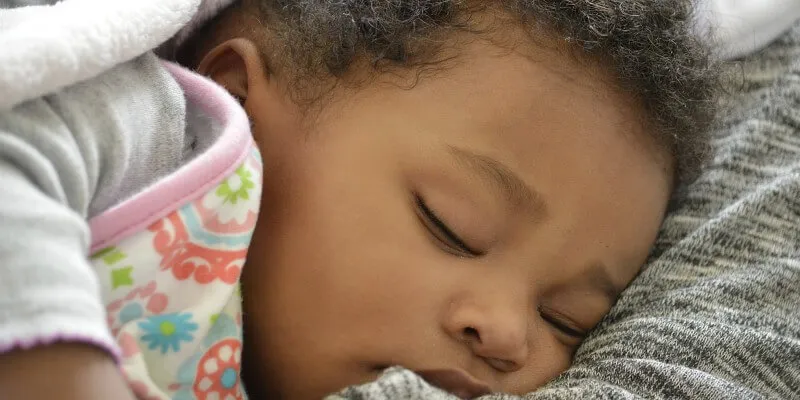After taking a course on racism and health disparities, Camille Torfs-Leibman ’21 wanted to know more.
A disparity is a condition of inequality; and an individual’s ability to achieve good health can be impacted by a variety of disparities, including race or ethnicity, sex, sexual identity, age, disability, socioeconomic status, and geographic location.
As a Biological Science major planning a career in medicine, Torfs-Leibman wondered how she could begin to address the impact of these social determinants on health outcomes for people of color. When she found the course description for BHSC 096: Antiracism and Health, she registered.
Designed by College of Nursing and Health Sciences advisor Juan Florencia, the course examines the intersection of racism and healthcare. Beginning with the meanings of racism and antiracism, the course introduces ideologies, policies, and systems of power that give rise to racist behaviors and stereotypes that drive the ways that people interact. The course centers on the antiracist framework outlined by Dr. Ibram X. Kendi.
A lifelong champion for social justice - particularly around issues of race, racism and health – Florencia’s academic background encompasses cultural anthropology, critical race theory, and whiteness studies. Florencia believes the course has the potential for great impact now more than ever, as the United States begins to confront its deeply embedded racialized history and institutions. He facilitates the class as a small community, with the goal to build a solid foundation of antiracist vocabulary and critical analysis skills among students.
Alyssa Oviedo, Health Sciences ’22, has taken multiple courses that introduce ways that people of color may be prone to certain health issues - from lack of access to parks and recreational opportunities to the inability to afford healthy food to inequitable treatment by health care professionals. What sets Antiracism and Health apart, she said, is a focus on providing solutions to these problems.
While more and more students are introduced to concepts of diversity and inclusion in high school, Florencia notes there is room for a deeper understanding of racism and its impacts on individuals and communities. He guides students beneath surface-level discussions, into thorough and thoughtful critical explorations of race, racism, identity, policies, and health outcomes.
“We discuss how policies are created, and how detrimental policies can be if they disproportionately, negatively impact people of color,” said Oviedo, who is a member of Student Athletes of Color and serves on the Athletics Inclusive Excellence Committee.
Ultimately, Florencia tasks his students with the responsibility to evaluate and work to alter the policies that lead to inequity in health outcomes.
Oviedo did not consider herself to be “politically-minded” before taking the course, she says, but will cast her vote this November. “I’m definitely voting in this election - not just for the president, but also for state and local representatives, because their policies can make a difference.”
Torfs-Leibman feels confident the course will help her be a better doctor for her future patients.
“Adopting an antiracist perspective is seen as both important and desirable by all of the students in the class, many of whom plan to work as health professionals one day,” said Florencia. “I look forward to their continuing this important work.”
“Juan sees the potential we all hold,” said Torfs-Leibman, who believes the course should be required learning for students entering the health professions. “He’s giving us a foundation for providing good quality care to patients.”
